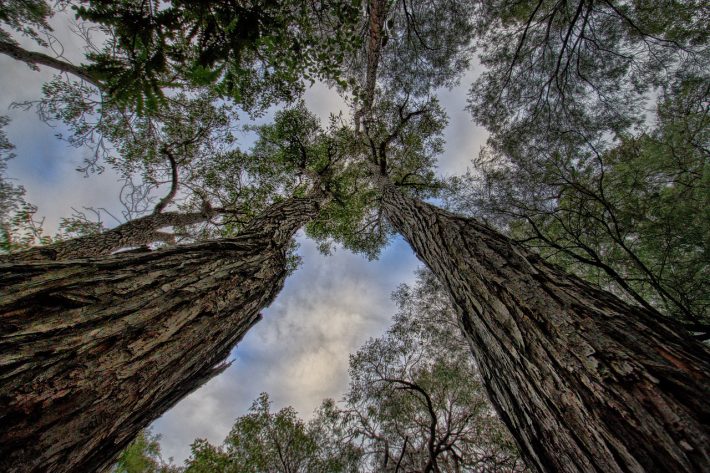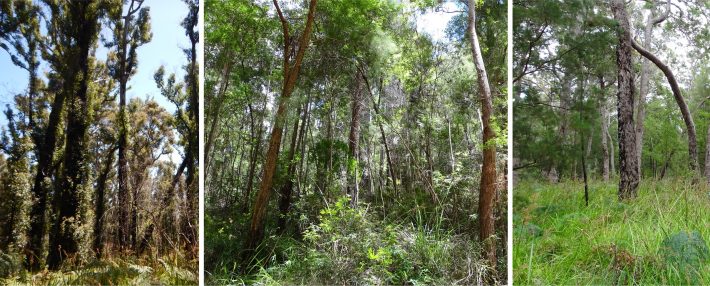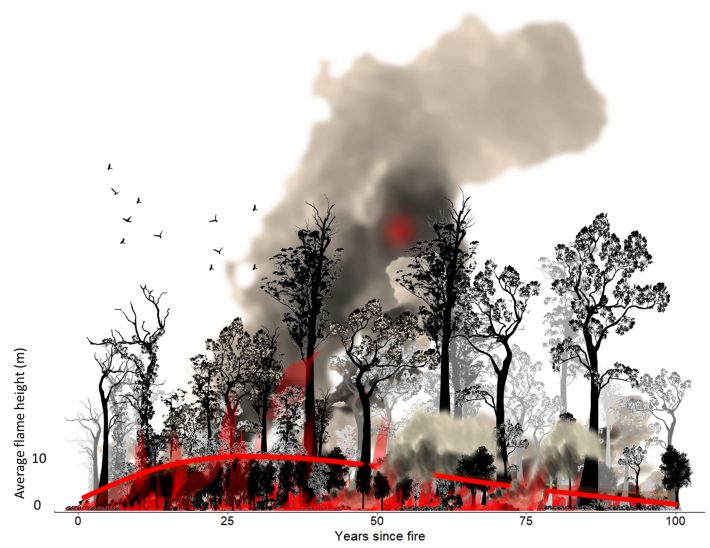New research from Curtin University, Australia has shown that fuel reduction burning, aimed at decreasing the likelihood of bushfires, have actually increased their risk.

The study took place in the Red Tingle forest of Walpole-Nornalup National Park. Prescribed burning here caused mass thickening of vegetation beneath the main forest canopy. This creates a greater fire risk.
The findings suggest that southwest forests grow in a way that naturally reduces fire risk once they recover from a natural bushfire. However, prescribed burning has disrupted this natural process, creating a more fire-prone landscape.

Lead Researcher Dr Philip Zylstra explained "After a controlled burn, now plants regrow close to the ground. This causes plants to ignite more easily. The understorey also becomes more dense as the plants grow larger, which further increases flammability."
Despite this, the study also finds that the natural forest would see the understorey become more sparse over time. Zylstra continues "Taller plants shed their lower branches and eventually grow beyond the reach of most flames. In these case, they start to slow the wind beneath them, becoming overstorey shelter."

A recent analysis of South West fire records show that prescribed burned forests have up to 7 times more bushfires than those without prescribed burns. Dr Philip Zylstra's study explains why these results occurred by coupling survey's conducted in the southwest, with advanced fire behaviour modelling.
"Natural ecological processes have enabled fire sensitive species to thrive. In the current climate, our findings present the possibility of 'ecological cooperation' with these natural processes, rather than domination," said Zylstra.
This article has been adapted from a University of Curtin press release.






